THE SILK WORM, THAT IS. The Tomioka Silk Mill, the newest UNESCO World Heritage Site, marks the beginning of Japan’s Industrial Revolution. We traveled from Nagano to Takasaki, then on to Tomioka to learn how silk is made. Silk production was a cottage industry in Japan until 1872 when the government imported silk reefing machines from France, seeking to modernize the country. Machines that would allow 300 women to process silk from cocoons.
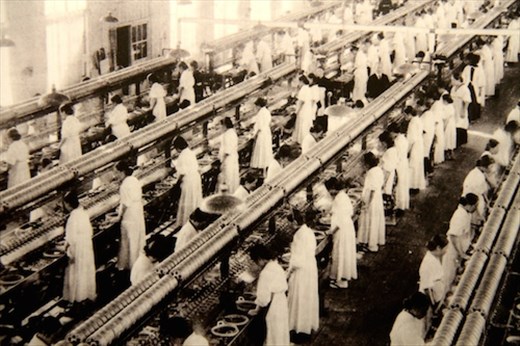
"Modern silk production"
A picture, it’s been said, is worth a thousand words, especially if those words are in Japanese. The problem with a brandy-new World Heritage site like Tomioka is that it just isn’t up to speed. It’s great if you speak and read Japanese but there are no signs or explanations in English. Or French. Or German. There is an app that you can use on your smartphone — if you have a smartphone, which we don’t — that may help out but it isn’t enough. So we had to rely on the photos to dope out the process.
It begins, we think, with silkworms which feast upon mulberry leaves, growing fatter and fatter until they are ready to spin cocoons in which they would normally lie dormant, eventually becoming moths. Or butterflies. Whatever. But in this process, the cocoons are harvested by the millions, dried and somehow unravelled, producing fine silk threads. There is much, you see, that we missed.
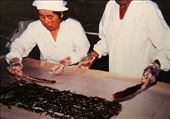
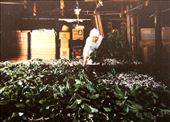
Take some Silkworms Feed 'em well
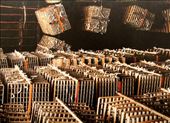
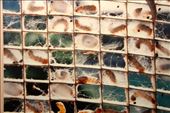
Let them rest and watch 'em spin
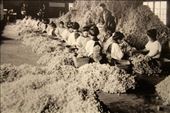
Millions of cocoons
The Tomioka Silk Mill will always be remote and off the beaten track for foreign visitors, although it seemed to be a hit with the Japanese tour groups today. In its current state it is disappointing. Besides the language issue, the drying house is crumbling; only the chimney is standing. Only one of the warehouse buildings is open, the one with no English signage. On the bright side, there was a special exhibit of silk flowers (photography verboten) that was exquisite. And things can only get better. Maybe next year?